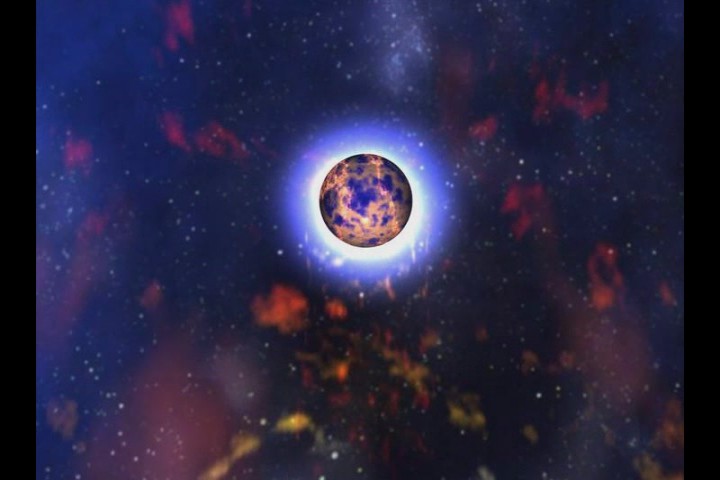Star-gazers are captivated by an astronomical phenomenon called a glitch. Glitches occur in neutron stars, which are remnants of a collapsed star and are the smallest stars in the universe. But don’t underestimate them: they are extremely dense, with just a teaspoon of their matter weighing around a hundred million tons on Earth! When neutron stars form, they start rotating, caused by the compressing and shrinking of their matter. Over eons, the rotation of the stars starts to slow down. During the several million years these neutron stars spin, they are called pulsars, due to the pulsing appearance that occurs as the star spins.
When neutron stars form, they start rotating, caused by the compressing and shrinking of their matter.
So, what do these stars have to do with glitches? A glitch is an increase in a neutron star’s rotation frequency; essentially, the star starts spinning faster. However, scientists did not know why this occurred until 2016 when researchers at Monash University in Australia set out to discover the cause of these glitches. They studied the Vela Pulsar, a neutron star around 1,000 light-years away from Earth. The Vela Pulsar makes over 11 rotations every second and glitches about once every three years. Based on observations of the Vela Pulsar, the researchers proposed a hypothesis for why these glitches occur.
The conclusion was that glitches occur due to two different parts of the star interacting. Neutron stars have a layered structure, with a thin solid outer crust, a liquid inner layer, and an ultradense core. The inner layer is made of superfluid neutrons. Superfluidity is a strange state of matter where liquid flows with no friction against it and therefore loses no energy as it flows. This means that it can flow through tiny holes very easily, as there is no friction. When a glitch occurs, the superfluid inner layer moves outward, which hits the rigid outer crust. This causes the speed at which the star is spinning to increase. Very soon after, the star returns to its normal spin rate. The 2016 glitch in the Vela Pulsar lasted about 13 seconds.
When a glitch occurs, the superfluid inner layer moves outward, which hits the rigid outer crust.
There is still so much more to be learned about glitches in pulsars. A few seconds before the Vela Pulsar glitch, the star started spinning slower than normal before spinning faster. Scientists are unsure why this happened but are determined to find out why. Glitches are fascinating astronomical phenomena that can uncover secrets surrounding neutron stars and the behavior of superfluids.

